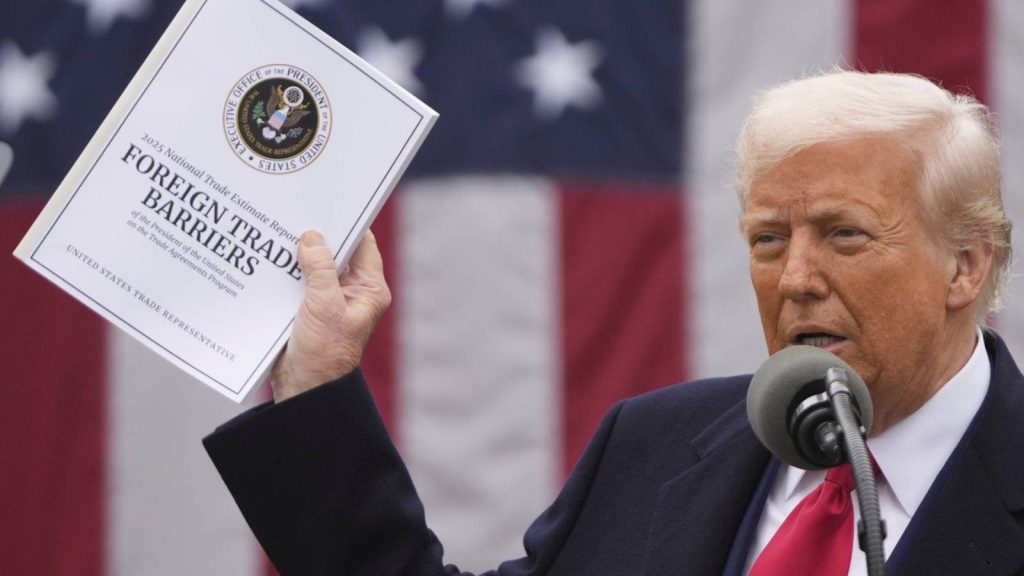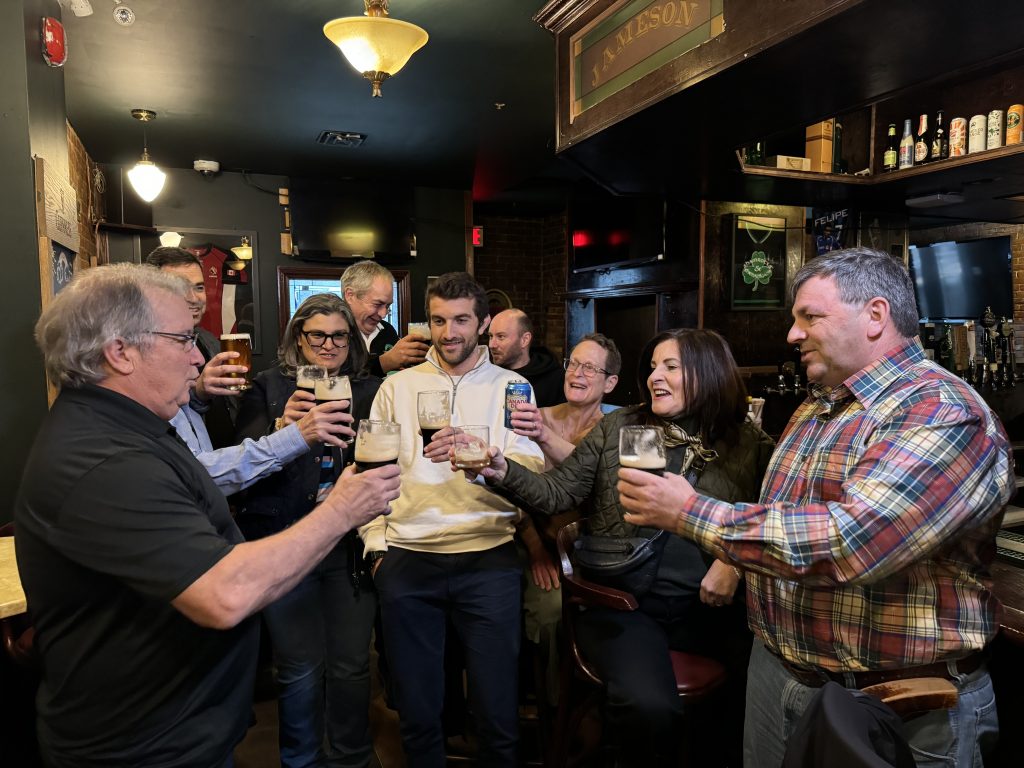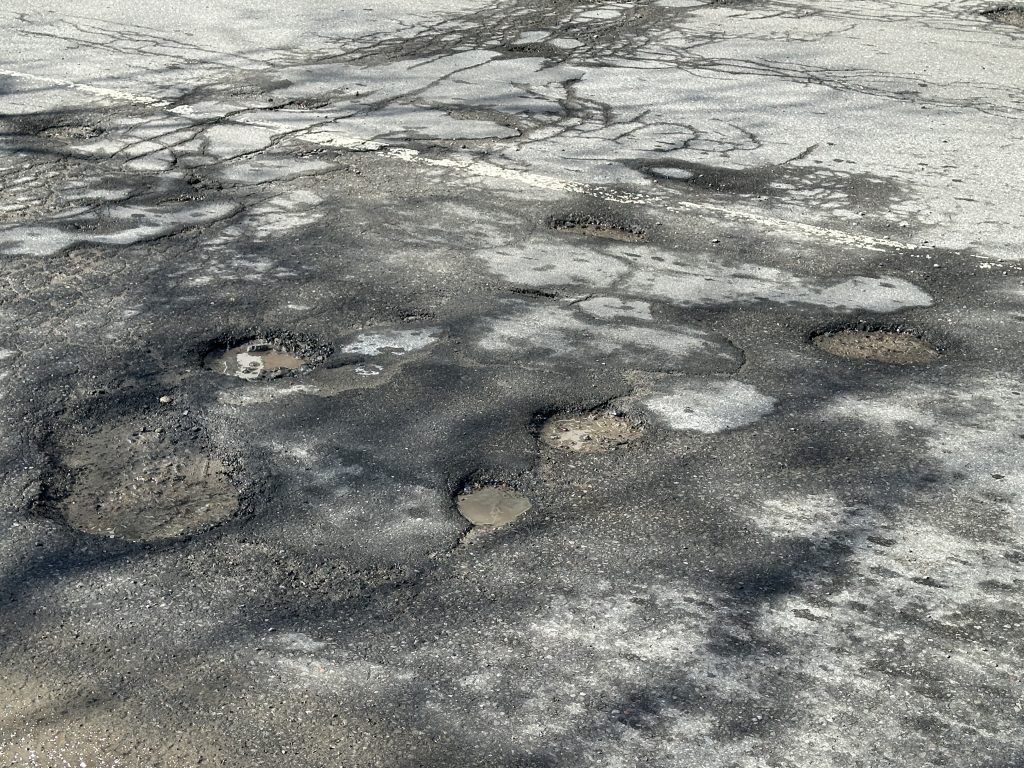Francis Verreault-Paul: new role as head of Assembly of First Nations Quebec-Labrador

Posted February 28, 2025 3:22 pm.
Last Updated February 28, 2025 5:56 pm.
At 37 years old, Francis Verreault-Paul from the Innu community of Mashteuiatsh has been elected to head the Assembly of First Nations Quebec-Labrador after securing 21 votes in a single round of voting on Tuesday in Quebec City.
CityNews spoke with Verreault-Paul on what lies ahead with some of his goals focusing on defending Indigenous rights, land issues, language, culture and children’s future.
“It’s all about the collective force, collective success it’s not about myself, it’s really about our nations,” Verreault-Paul said via Zoom call. “I’ve seen our people for decades fighting for rights, for our lands and to protect our children, the future generation and I want to honor them and I want to pursue that work.”
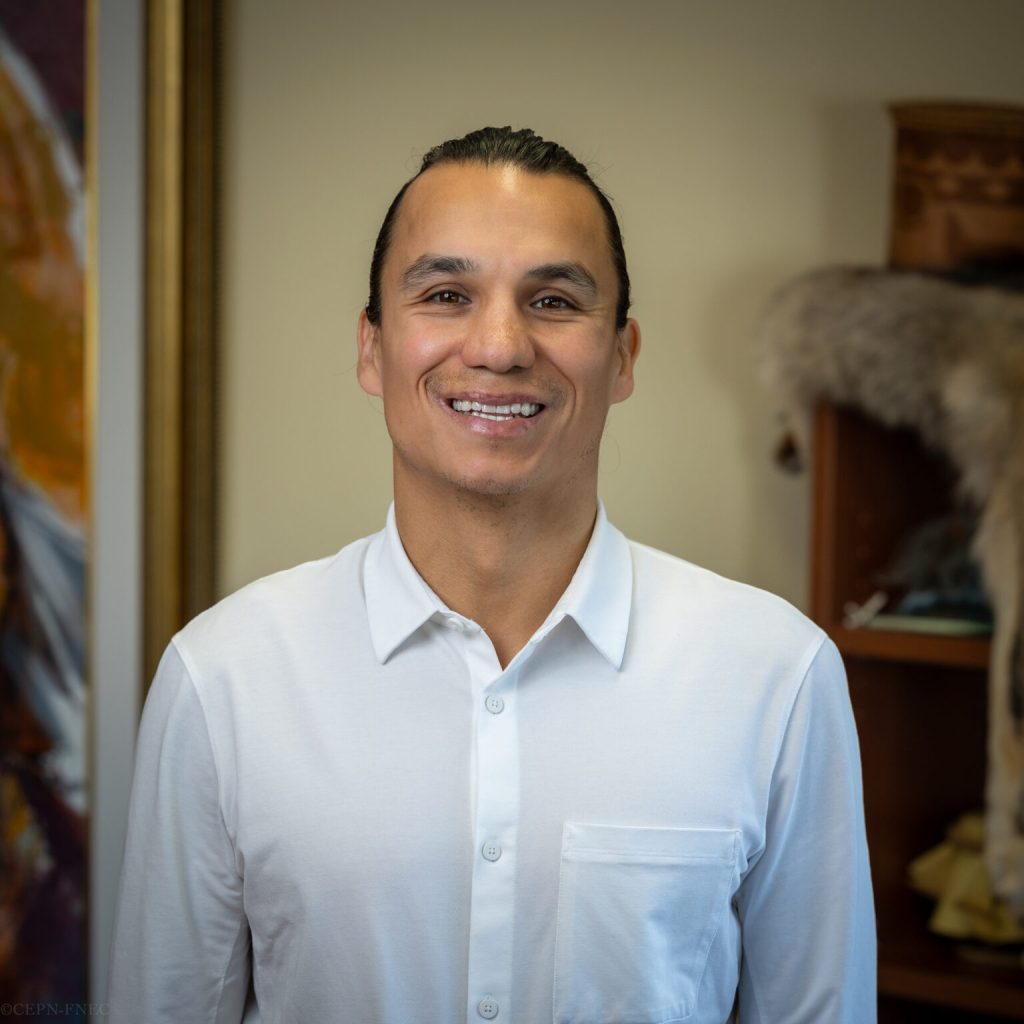
He received 58 per cent of the vote – with 36 of the 43 chiefs represented by the AFNQL participating in the vote for the head of the assembly. Four candidates were vying for the position, including Constant Awashish from the Atikamekw community of Opitciwan, followed by Cathy Martin from Listuguj and Monik Kistabish from the Algonquin reserve of Pikogan.
The election campaign officially launched on Feb. 11, and lasted two weeks, it mostly unfolds behind the scenes as only the 43 community chiefs can vote. Verreault-Paul acknowledged the other candidates for their candidacy, citing their courage and ability to put themselves at the forefront for Indigenous voices.
“I hope that I can bring that voice for the youth,” He said. “I think our demographic as First Nation is really young and they need to be our strength and I think we need to give them the most opportunities that we can so that they can achieve their full potential.”
Verreault-Paul served as Ghislain Picard’s chief of staff for the past two years. Picard — held the regional chief of the Assembly of First Nations of Quebec and Labrador (AFNQL) position for more than 30 years, after informing the 43 chiefs of the AFNQL in an internal letter written on December 19, 2024.
Verreault-Paul says it will take some getting used to, add that “there’s some big moccasins to fill” following his departure. He adds that Picard encouraged him to run for the position.
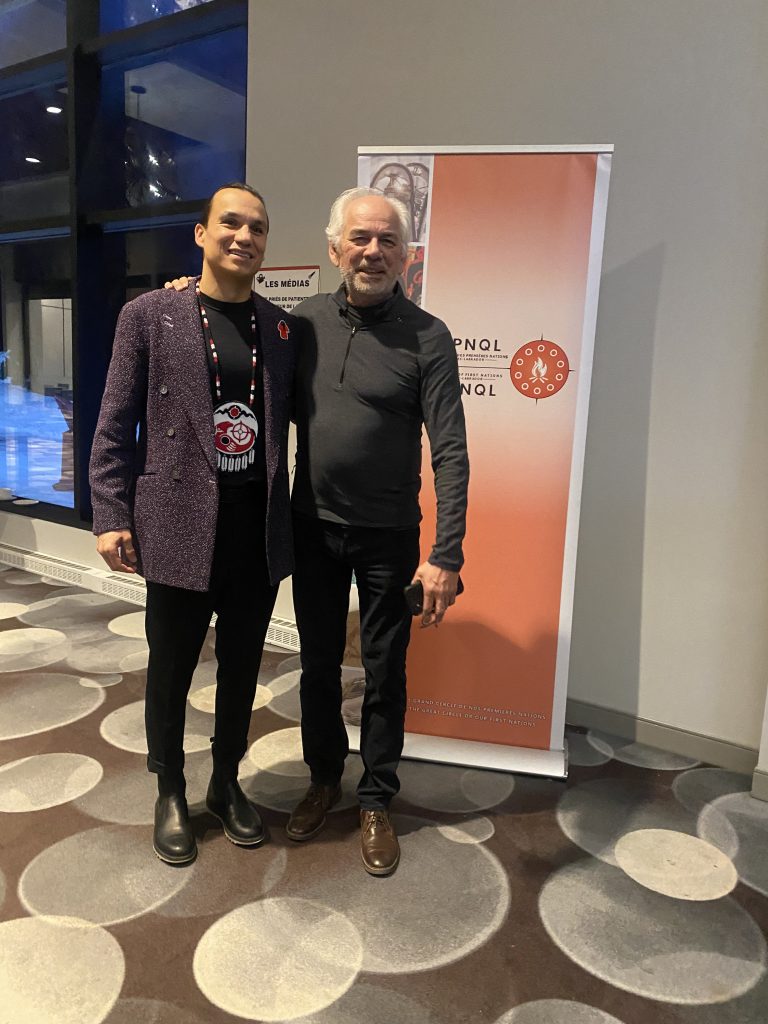
“I share to the Grand Chiefs and Chiefs I want to bring that energy, that attitude, that positive attitude with hope and optimism but while being assertive in our message,” Verrault-Paul said on what he wants to bring as a person and leader.
Previously, Picard said relationships and simple solutions can be frustrating between the Chiefs and the Ministry. Verreault-Paul acknowledged the challenges between both federal and provincial governments but hopes to move past them in this new era.
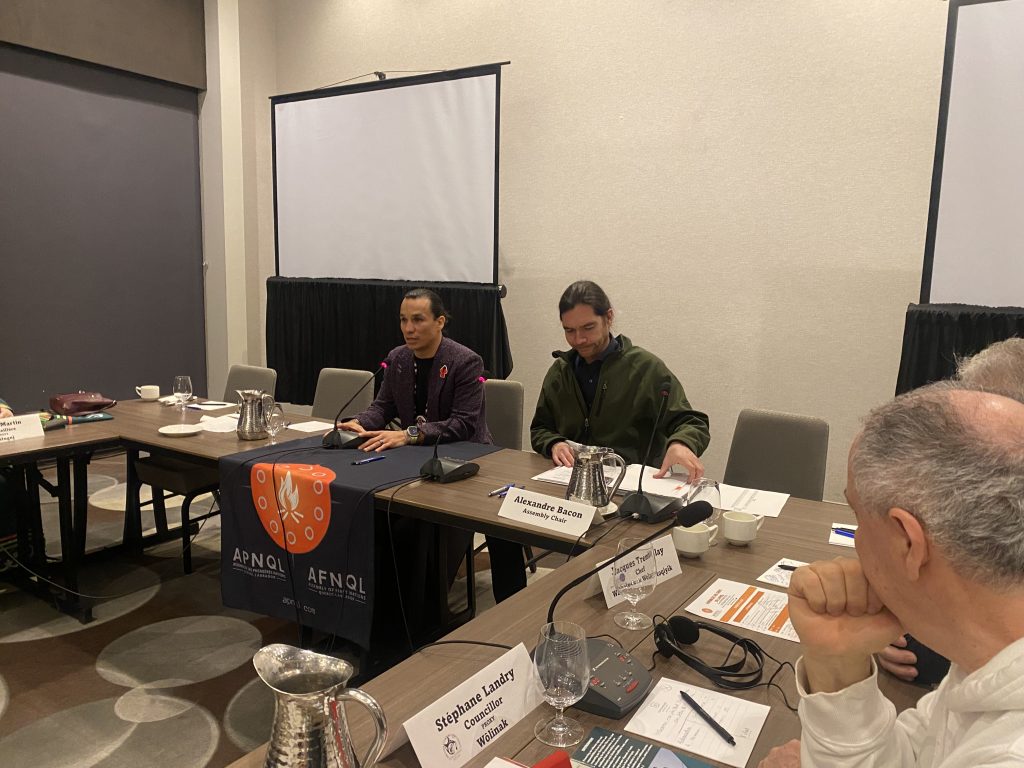
“We do have now let’s say a new opportunity to change things for real,” he said. “I mean I heard the minister say that a lot of times in the past few months and years but we need concrete action and concrete results as well.”
He adds that his foundation relies on his roots and upbringing – coming from a traditional family and focusing on the next generations. He says work has already begun during this transition period.
“I always like to see the glass half full instead of half empty,” he says. “That’s the energy and attitude as well that I want to bring to the table and to the message that I want to send to the youth and to all First Nations.”
